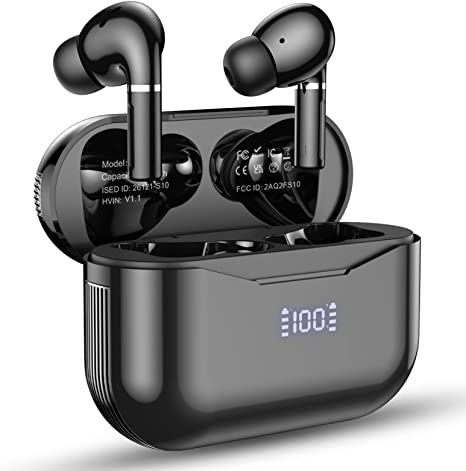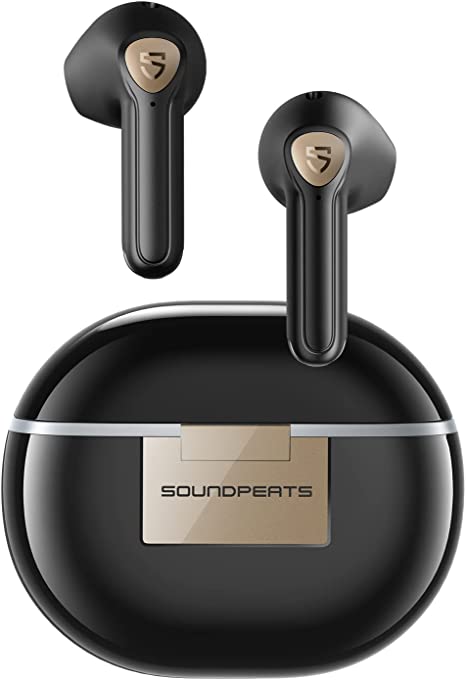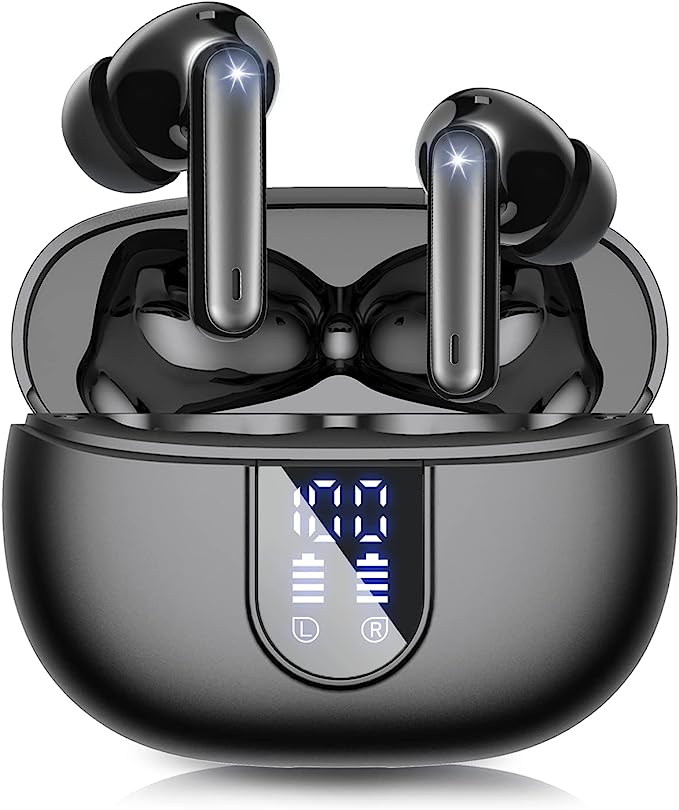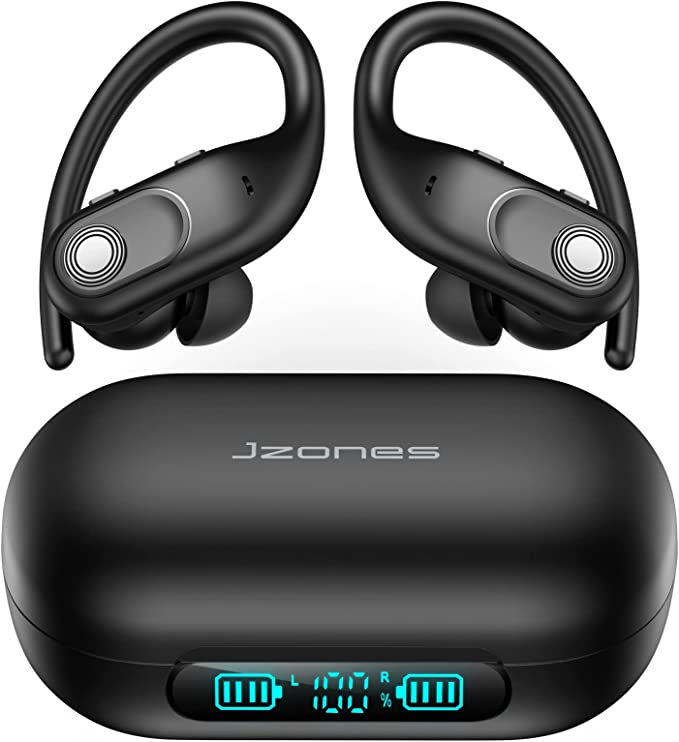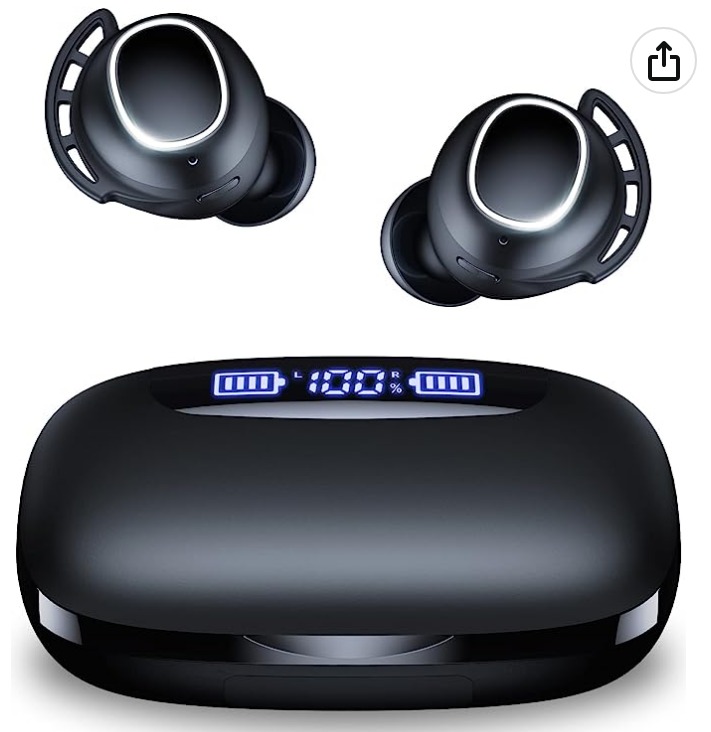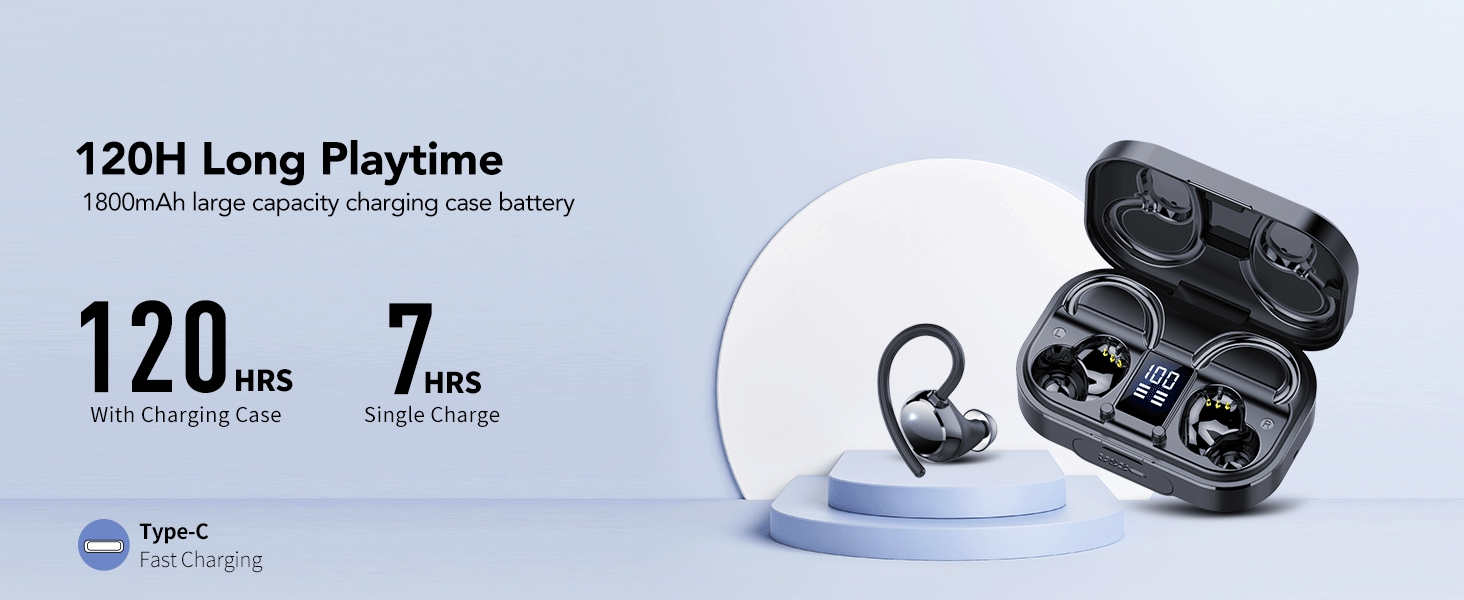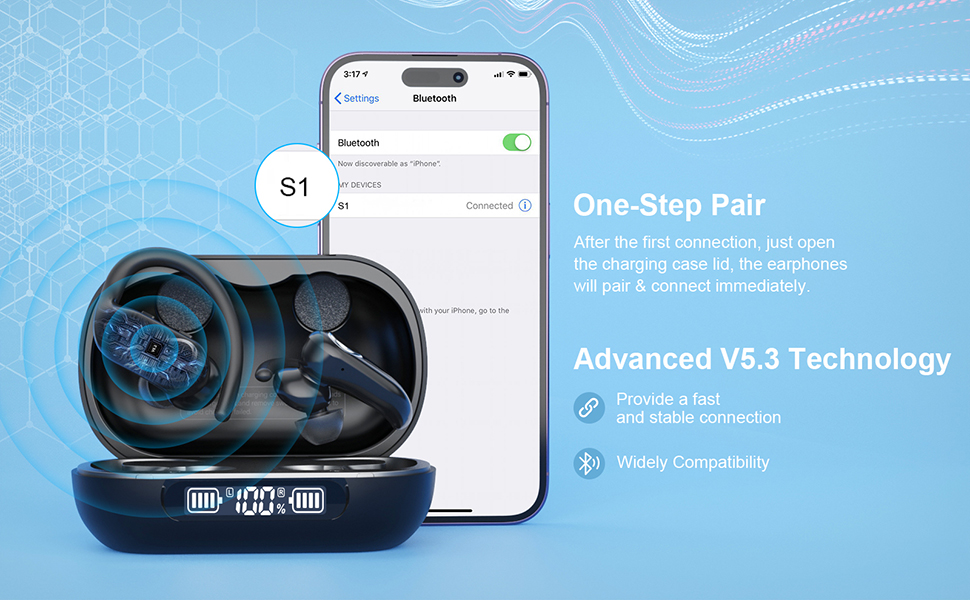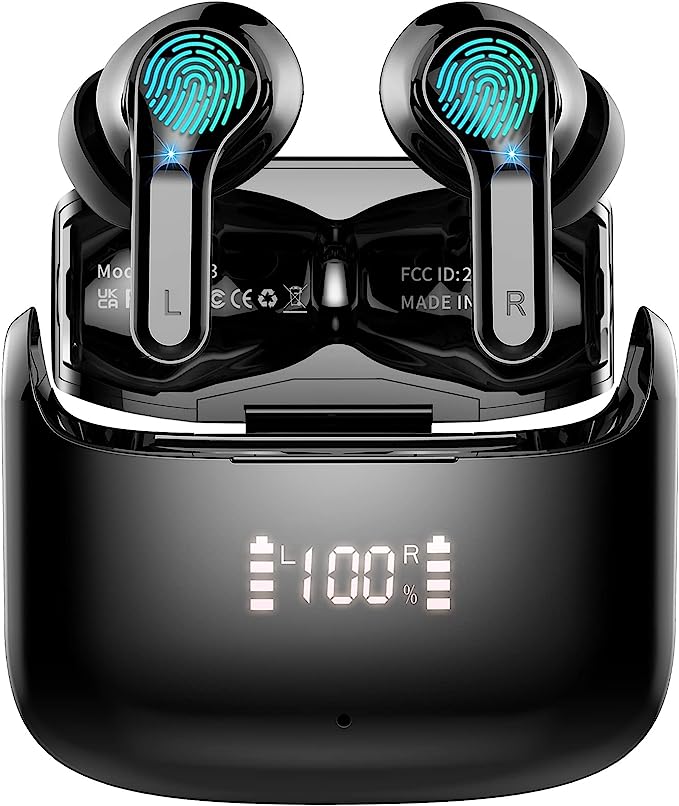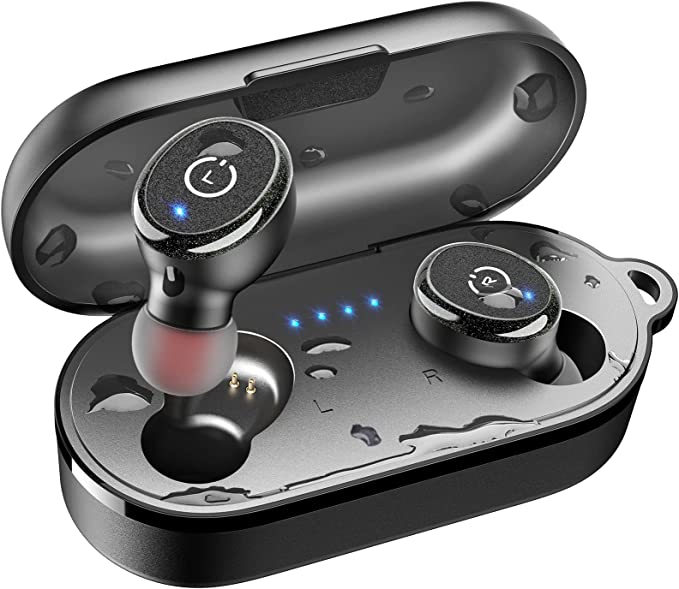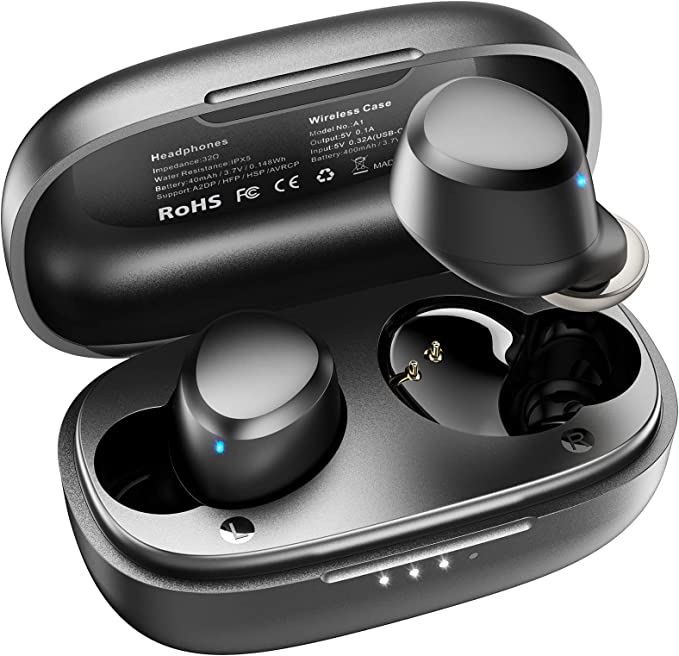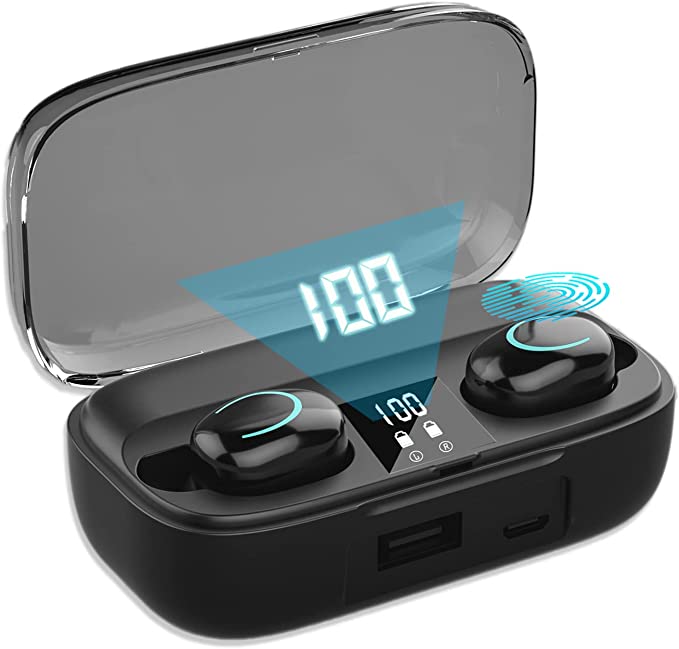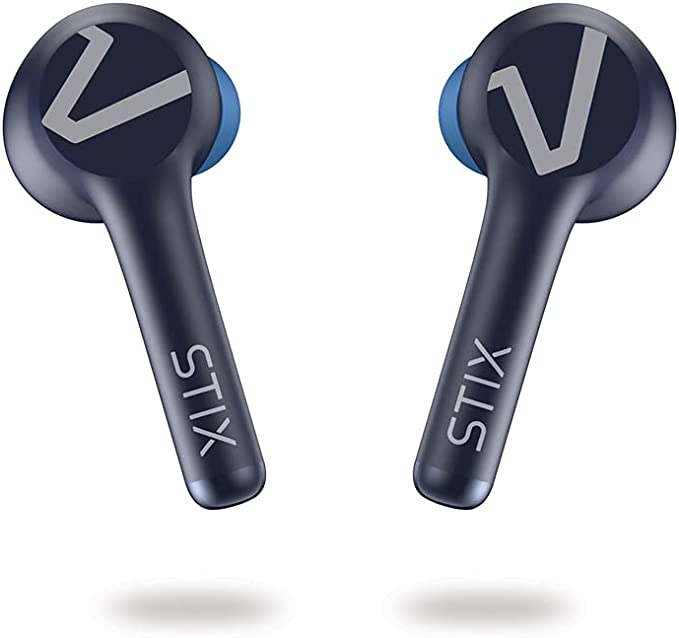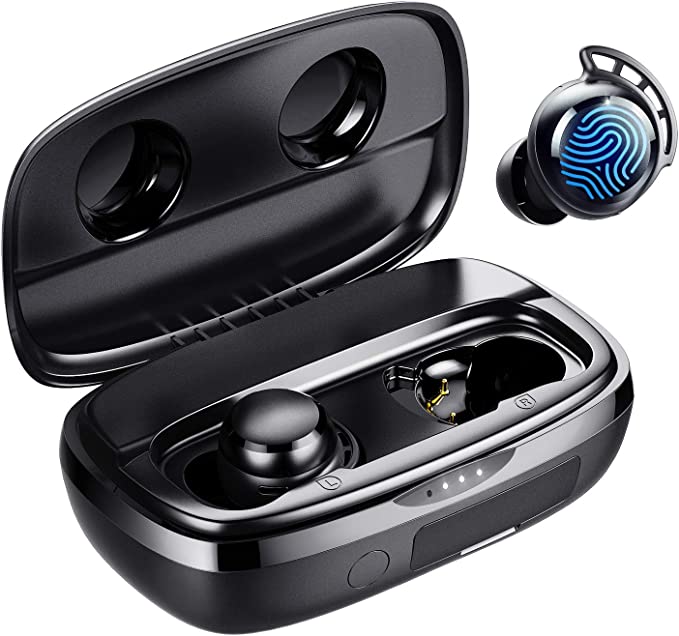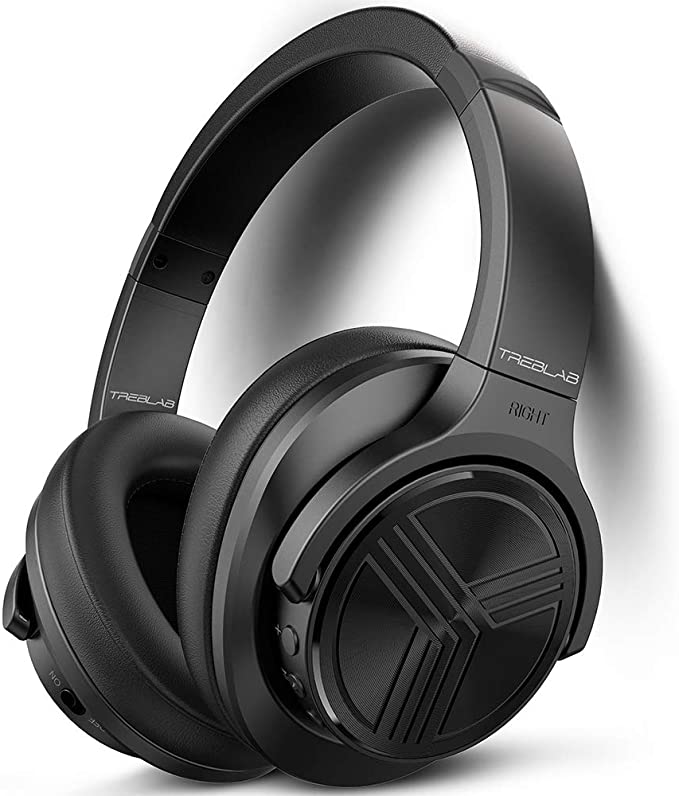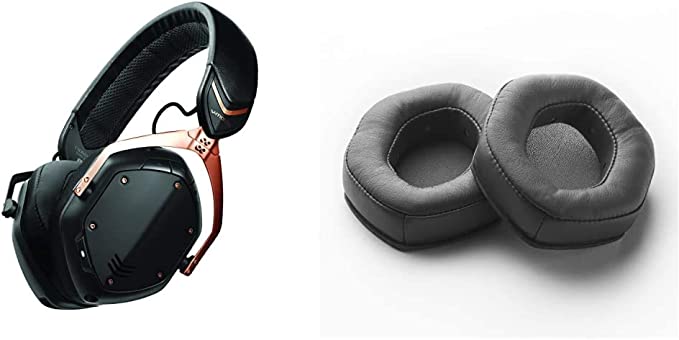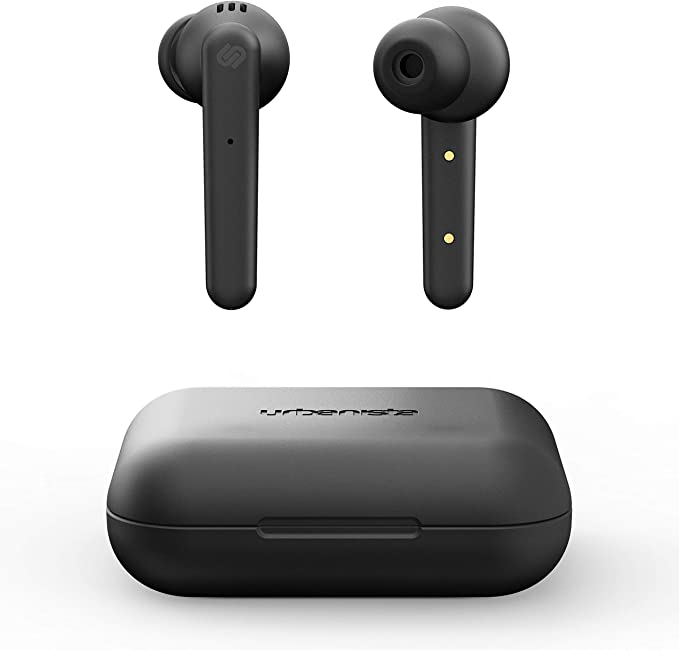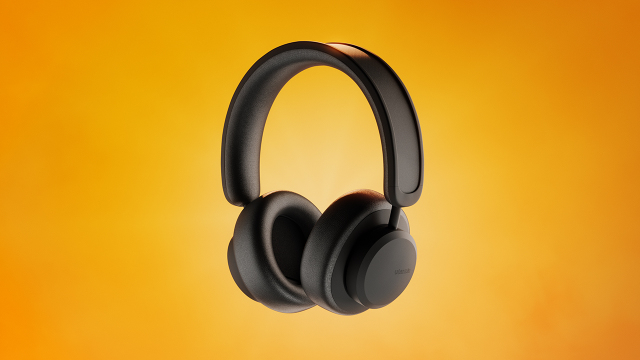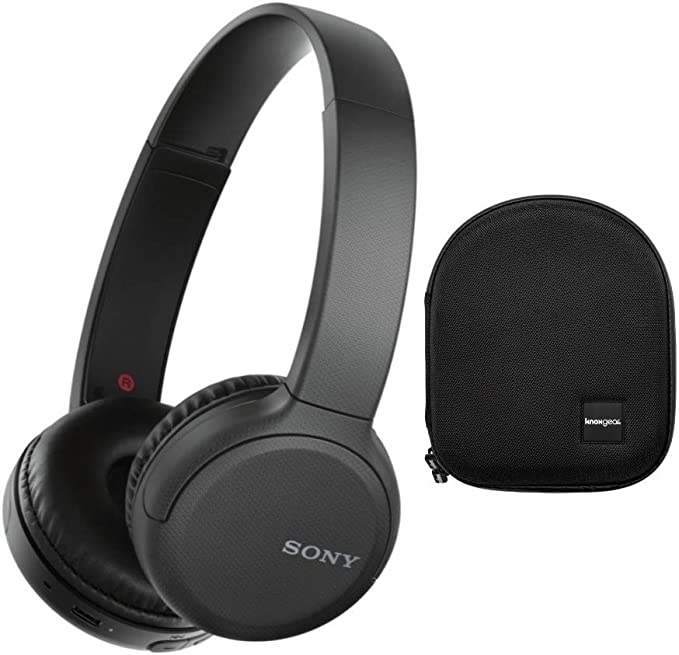G.K KZ SA08 TWS Earbuds: Unleashing the Power of 8 Balanced Armature Drivers
Update on March 21, 2025, 11:22 a.m.
For years, audiophiles have faced a difficult choice: embrace the freedom of wireless headphones and sacrifice some sound quality, or remain tethered to a cable for the purest audio fidelity. The convenience of wireless listening is undeniable, but the limitations of early Bluetooth technology and audio compression often resulted in a noticeable compromise in clarity, detail, and overall sonic richness. But what if technology could bridge that gap? What if you could have the best of both worlds – the untethered freedom and the exquisite sound previously only attainable with wired connections?
A Tiny Marvel: The Balanced Armature Driver
The key to unlocking this wireless audio nirvana lies in a remarkable piece of technology: the balanced armature (BA) driver. Imagine a tiny, incredibly precise seesaw, perfectly balanced in the middle. That’s essentially how a BA driver works. Unlike the larger, cone-shaped dynamic drivers found in most headphones (which operate like a miniature loudspeaker), a BA driver uses a miniature arm (the “armature”) positioned between two magnets. When an electrical signal (your music) passes through a coil wrapped around the armature, it creates magnetic forces that cause the armature to pivot rapidly. This movement vibrates a tiny diaphragm, producing sound.
Think of a dynamic driver as a powerful but somewhat imprecise engine, capable of moving a lot of air (good for bass) but sometimes struggling with fine details. A balanced armature driver, on the other hand, is like a highly tuned, surgical instrument. It’s incredibly responsive and accurate, particularly in the mid and high frequencies. Because BA drivers are so small and efficient, they can be precisely tuned to handle specific frequency ranges, and – crucially – multiple BA drivers can be packed into a single earbud.

Eight Times the Precision: The KZ SA08’s Multi-Driver Array
This is where the G.K KZ SA08 TWS earbuds enter the scene. Instead of relying on a single, full-range driver, each SA08 earbud houses an astonishing eight balanced armature drivers. This isn’t just about quantity; it’s about specialization. Each driver is meticulously engineered to handle a specific portion of the audio spectrum:
- The Foundation (1 x 22955): A single, powerful BA driver dedicated to the low frequencies, providing a solid foundation of bass without overwhelming the other frequencies.
- The Heart of the Music (2 x 29689): Two BA drivers focus on the midrange, where vocals and most instruments reside. This ensures clarity and detail in the most critical part of the sound spectrum.
- The Sparkling Highs (5 x 31736): A remarkable five BA drivers are devoted to the high frequencies, delivering crispness, detail, and a sense of airiness without any harshness.
This multi-driver configuration allows the KZ SA08 to reproduce sound with a level of accuracy and detail that’s simply unattainable with a single-driver design.

Orchestrating the Sound: Frequency Division and the 3-Channel Acoustic Tube
But simply cramming eight drivers into an earbud isn’t enough. They need to work together harmoniously, like a well-conducted orchestra. This is where the crucial concept of frequency division comes into play. Imagine a sound engineer at a mixing console, carefully adjusting the levels of each instrument – the bass, the guitar, the vocals, the drums – to create a balanced and cohesive mix. The KZ SA08 achieves a similar result, but within the earbud itself.
The 3-channel acoustic tube design is the key. This intricate internal structure acts as a sophisticated crossover network, directing specific frequency ranges to the appropriate drivers. Think of it as a series of carefully shaped tunnels, each designed to allow only certain sound waves to pass through. The low frequencies are channeled to the 22955 bass driver, the mid-frequencies to the 29689 drivers, and the high frequencies to the 31736 drivers.
This precise frequency division minimizes interference between the drivers, preventing them from “stepping on each other’s toes,” so to speak. The result is a cleaner, more detailed sound, with each instrument and vocal clearly defined and occupying its own space in the sonic landscape.
AAC: Unveiling the Details in Wireless Audio
Even with the most sophisticated driver configuration, the quality of wireless audio depends heavily on the codec used to transmit the signal from your device (phone, computer, etc.) to the earbuds. The KZ SA08 supports AAC (Advanced Audio Coding), a significant step up from the standard SBC codec found in many basic Bluetooth headphones.
Think of a codec as a translator, converting the digital audio data into a format that can be transmitted wirelessly, and then back again into sound at the receiving end. SBC, while functional, is like a translator who only knows a limited vocabulary – it has to simplify the message, resulting in some loss of detail. AAC, on the other hand, is a much more fluent translator. It uses more sophisticated algorithms to compress and decompress the audio, preserving more of the nuances and subtleties of the original recording. It does this via techniques like modified discrete cosine transform (MDCT), and better handling of stationary and transient signals.
The result? A richer, more detailed listening experience, closer to the quality you’d expect from a wired connection. It’s worth noting that while most Apple devices use AAC by default, some Android devices may require you to enable AAC in the Bluetooth settings for optimal performance.
Bluetooth 5.0: The Backbone of Stable, Low-Latency Connection
The KZ SA08 utilizes Bluetooth 5.0, the latest major version of the Bluetooth wireless standard. This provides several key advantages over older versions:
- Increased Bandwidth: Bluetooth 5.0 offers significantly faster data transfer speeds. This is crucial for high-fidelity audio, as it allows more information to be transmitted per second, reducing the need for aggressive compression.
- Improved Stability: The connection is more robust and less prone to dropouts, even in environments with a lot of wireless interference.
- Lower Latency: This is particularly important for gaming and video watching. Lower latency means the audio stays synchronized with the visuals, eliminating the annoying “lip-sync” delay that can plague some wireless headphones. The KZ SA08’s High-Performance Mode further minimizes latency, providing a near-instantaneous audio response.
- Enhanced Power Efficiency: improve battery life.

Beyond the Specs: The Listening Experience
All these technical details are impressive, but what does the KZ SA08 actually sound like? Describing sound with words is always a challenge, but here’s a general idea:
- Clarity and Detail: The multi-driver configuration and precise frequency division reveal nuances in your music that you may never have noticed before. You’ll hear individual instruments more clearly, and vocals will sound more natural and present.
- Balanced Sound Signature: The KZ SA08 isn’t overly bass-heavy or overly bright. It strives for a balanced sound signature, where all frequencies are represented accurately. This makes it suitable for a wide range of musical genres.
- Wide Soundstage: While in-ear monitors (IEMs) can sometimes sound a bit “closed-in,” the KZ SA08’s multi-driver design and careful tuning create a surprisingly wide and spacious soundstage, giving you a sense of being immersed in the music.
- Dynamic and Engaging: The sound has life and energy.
A Brief History of In-Ear Audio
The quest for portable, high-fidelity sound has a long and fascinating history. Early headphones were bulky and often uncomfortable. The development of the miniature dynamic driver in the mid-20th century revolutionized portable audio, leading to the Walkman and the personal stereo revolution. Balanced armature drivers, originally developed for hearing aids due to their small size and efficiency, began to find their way into high-end earphones in the late 20th and early 21st centuries. The rise of Bluetooth technology, coupled with advancements in battery technology and audio codecs, has paved the way for the current generation of truly wireless, high-fidelity earbuds like the KZ SA08.
The Science of Sound: A Quick Primer
To fully appreciate the technology behind the KZ SA08, it’s helpful to understand some basic audio concepts:
- Frequency: Measured in Hertz (Hz), frequency refers to the number of sound wave cycles per second. It determines the pitch of a sound – low frequencies are bass, high frequencies are treble. The human ear can typically hear frequencies from 20 Hz to 20,000 Hz (20 kHz).
- Amplitude: Amplitude refers to the intensity or loudness of a sound. It’s related to the size of the sound wave.
- Frequency Response: This describes how well a headphone reproduces different frequencies. A “flat” frequency response means the headphone reproduces all frequencies equally, without emphasizing or de-emphasizing any particular range.
- Impedance: measured in ohms (Ω), is the resistance.
- Sensitivity: how loud the headphones can play given a certain amount of power.

The Future of Wireless Audio
The KZ SA08 represents a significant step forward in wireless audio technology, but the journey is far from over. We can expect to see even more sophisticated driver configurations, more advanced codecs, and further improvements in Bluetooth technology. Features like active noise cancellation (ANC), which uses microphones and digital signal processing to actively block out external noise, are becoming increasingly common, even in mid-range earbuds. We may also see more personalized audio experiences, with headphones that automatically adjust their sound signature to match the listener’s individual hearing profile. The future of wireless audio is bright, and the quest for perfect sound continues.
